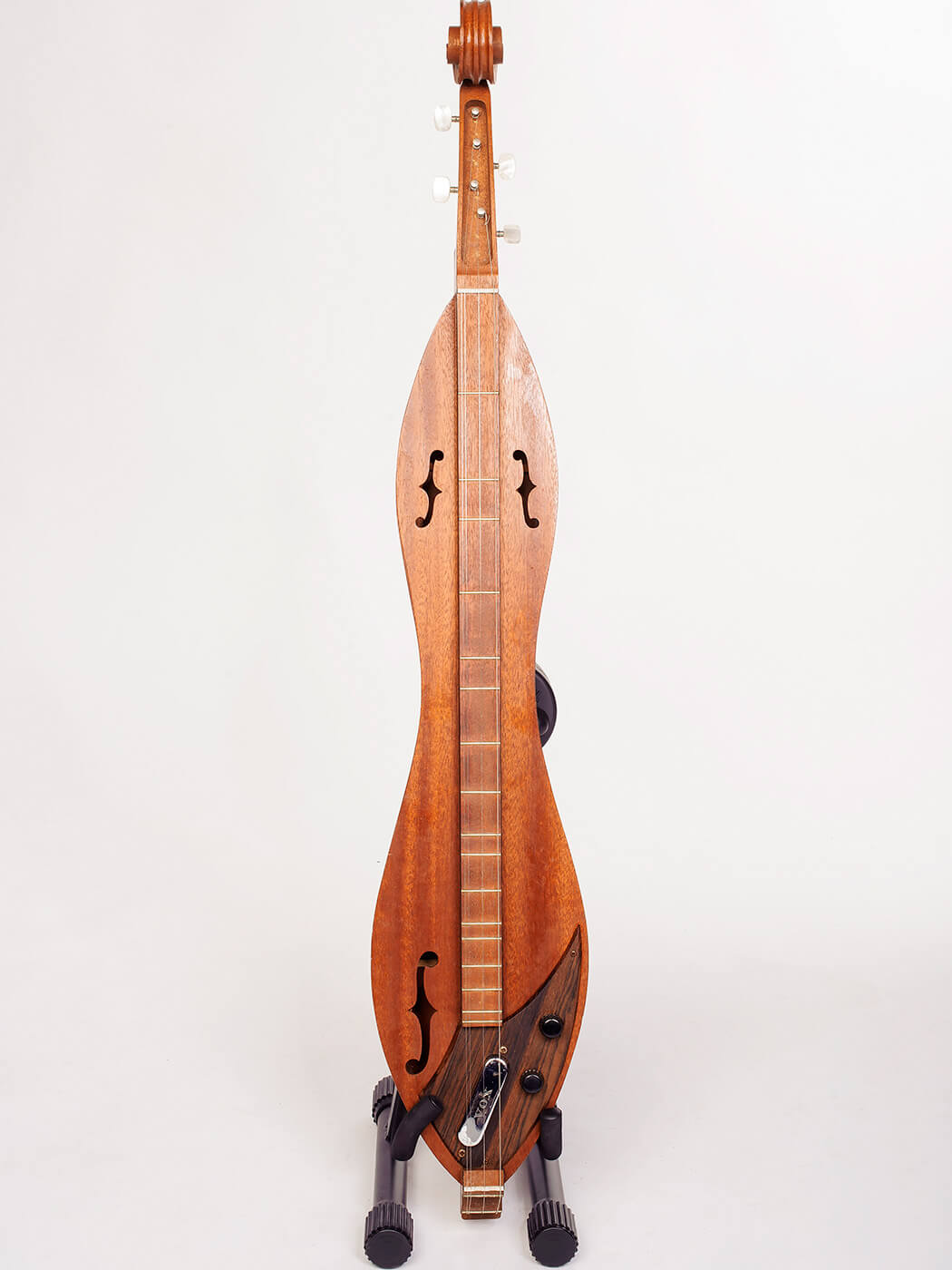Instrument Trends: What’s Next in Precision and Performance

In recent years, advancements in technology have redefined Instrument Trends across multiple sectors, driving significant transformations in both precision and performance. From scientific instruments to musical devices, today’s tools are smarter, more accurate, and finely tuned to meet specialized demands. This evolution in instrumentation reflects an ongoing commitment to accuracy and usability, shaping industries and user experiences in profound ways. The push toward innovation has led to groundbreaking developments that are not only practical but also enhance creativity, efficiency, and reliability.
The Rise of Smart Instruments
The integration of artificial intelligence (AI) and machine learning has revolutionized the design and functionality of various instruments. For example, scientific instruments in fields like healthcare and environmental research now leverage AI to deliver faster, more precise readings. Instruments such as digital microscopes and spectrometers are being upgraded to use intelligent algorithms that can analyze complex data sets autonomously, providing researchers with deeper insights while reducing the margin for error. These Instrument Trends are paving the way for greater precision and accessibility.
Similarly, the musical instrument industry has embraced technology to enhance the capabilities of traditional instruments. Digital and hybrid musical instruments are allowing musicians to explore new sounds and performance techniques. For instance, smart guitars and electronic drum kits now come equipped with sensors that detect and respond to touch and pressure variations, expanding the creative possibilities for musicians. The fusion of digital and analog components is opening new frontiers in sound, making music production more versatile and accessible than ever.
Enhanced Precision for Scientific Instruments
One of the most crucial aspects of instrumentation in scientific fields is precision. In the medical and engineering sectors, for instance, instruments must deliver accurate results that guide critical decisions. The development of advanced calibration and measurement technologies is helping achieve levels of precision that were previously unimaginable. Innovations such as nanotechnology-based sensors and automated calibration systems are leading the way, making it possible to measure and control variables with astonishing accuracy. These Instrument Trends reflect a new era of accuracy that enhances scientific research.
Customizable and Modular Designs
A significant trend in modern instrumentation is the shift toward customizable and modular designs. Instruments that allow for easy component swapping and configuration adjustments are becoming more common, enabling users to adapt them to specific needs. For professionals across industries, this flexibility provides the opportunity to modify their tools according to evolving project requirements without needing to invest in entirely new equipment.
In the realm of music, modular synthesizers and custom-built electronic instruments have gained a strong following. Musicians and sound designers can now create unique setups tailored to their specific sonic needs, allowing for personalized sound production that reflects individual artistic styles. This trend toward modularity is not just limited to sound engineering but is also evident in scientific instruments. Analytical tools, like chromatography systems, are being designed with interchangeable parts, allowing scientists to perform a broader range of tests with a single instrument.
Sustainability in Instrumentation
Environmental considerations have also begun to influence the world of instrumentation. Sustainability has become an important factor in the design and manufacturing of instruments, with companies opting for eco-friendly materials and energy-efficient processes. In the scientific field, instruments are being crafted from recyclable components, and manufacturers are focusing on reducing the energy consumption of these devices. These eco-conscious Instrument Trends resonate with an increasing awareness of environmental responsibility, particularly for large-scale laboratory equipment.
In the music industry, manufacturers are similarly embracing sustainability by sourcing ethically produced materials and promoting durability in their instruments. Acoustic instruments, such as guitars and violins, are now being constructed with sustainable wood alternatives, reducing the industry’s impact on global forests. These efforts to incorporate sustainability into the production process are part of a broader movement within both the scientific and musical instrument industries to reduce their ecological impact.
Future Directions in Instrumentation
As technology continues to evolve, so too will the capabilities of instruments across industries. The next decade is likely to see further integration of AI, automation, and Internet of Things (IoT) connectivity, enhancing both the functionality and user experience of instruments. In the scientific sector, there is a growing focus on the development of instruments that can perform multiple functions simultaneously, improving efficiency and reducing the need for multiple devices. These forward-looking Instrument Trends indicate a future rich in potential for those who rely on precision tools.
For musicians, the focus is on enhancing connectivity and interaction between instruments, allowing performers to synchronize multiple devices with ease. Digital instruments are expected to become more immersive, incorporating augmented and virtual reality elements to create new forms of musical expression. As boundaries between digital and physical worlds blur, musical performances may soon include virtual spaces where artists and audiences interact in real time.
In Conclusion, The evolution of Instrument Trends reflects a broader shift towards precision, customization, and sustainability across industries. Technological advancements are making instruments more accurate, adaptable, and environmentally conscious, transforming how professionals and artists alike approach their craft. This continuous drive for innovation promises exciting developments on the horizon, with next-generation instruments set to redefine both scientific inquiry and artistic performance. As precision and performance remain at the forefront, the future of instrumentation holds boundless potential for discovery and creativity.




